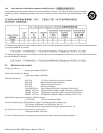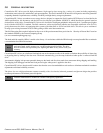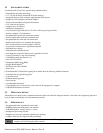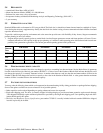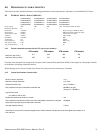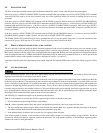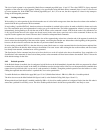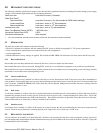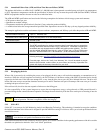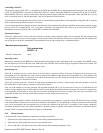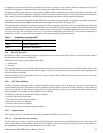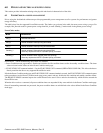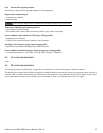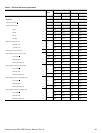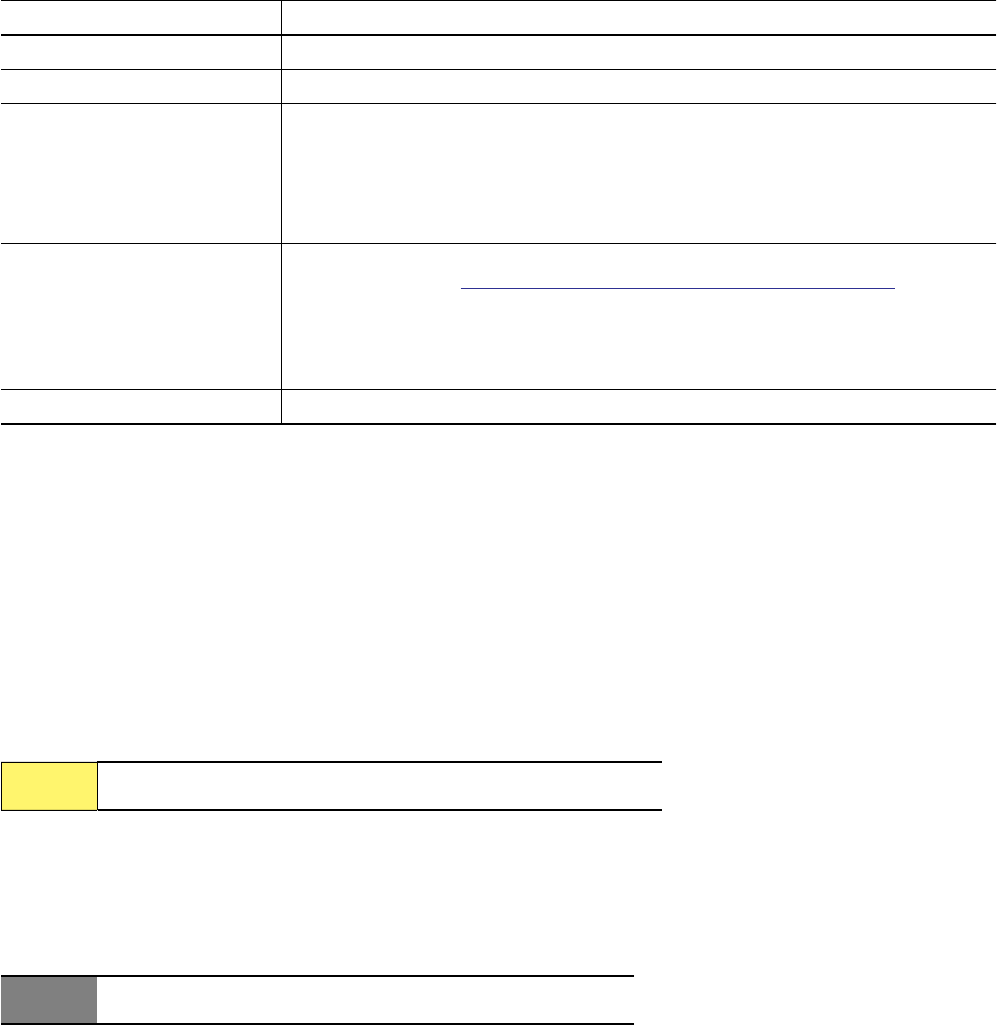
CONSTELLATION ES.3 SAS PRODUCT MANUAL, REV. B 13
5.2.1 Annualized Failure Rate (AFR) and Mean Time Between Failure (MTBF)
The product shall achieve an AFR of 0.63% (MTBF of 1,400,000 hours) when operated at nominal power and typical case temperatures
of 40°C. Operation at temperatures outside the specifications in Section 6.5 may increase the product AFR (decrease MTBF). AFR and
MTBF are population statistics that are not relevant to individual units.
The AFR and MTBF specifications are based on the following assumptions for business critical storage system environments:
• 8760 power-on hours per year.
• Operations at nominal voltages
• Temperatures outside the specifications in Section 6.5 may reduce the product reliability.
• A workload rate below the average annualized specified limits. Operation at excessive I/O duty cycle may degrade product reliability.
The enterprise application nearline environment of power-on-hours, temperature, and I/O duty cycle affect the product AFR and MTBF.
5.2.2 Hot plugging the drive
When a disk is powered on by switching the power or hot plugged, the drive runs a self test before attempting to communicate on its’
interfaces. When the self test completes successfully, the drive initiates a Link Reset starting with OOB. An attached device should
respond to the link reset. If the link reset attempt fails, or any time the drive looses sync, the drive initiated link reset. The drive will
initiate link reset once per second but alternates between port A and B. Therefore each port will attempt a link reset once per 2 seconds
assuming both ports are out of sync.
If the self-test fails, the drive does not respond to link reset on the failing port.
It is the responsibility of the systems integrator to assure that no temperature, energy, voltage hazard, or ESD potential hazard is
presented during the hot connect/disconnect operation. Discharge the static electricity from the drive carrier prior to inserting it into the
system.
5.2.3 S.M.A.R.T.
S.M.A.R.T. is an acronym for Self-Monitoring Analysis and Reporting Technology. This technology is intended to recognize conditions
that indicate imminent drive failure and is designed to provide sufficient warning of a failure to allow you to back up the data before an
actual failure occurs.
.
Each monitored attribute has been selected to monitor a specific set of failure conditions in the operating performance of the drive and the
thresholds are optimized to minimize “false” and “failed” predictions.
Nonrecoverable read errors 1 per 10
15
bits read, max
Annualized Failure Rate (AFR) 0.63% (nominal power, 40°C case temperature)
Load unload cycles 600,000 cycles
Rated Workload Average rate of <550TB/year
The MTBF specification for the drive assumes the I/O workload does not exceed the
Average Annualized Workload Rate Limit of <550TB/year. Workloads exceeding the
annualized rate may degrade the drive MTBF and impact product reliability. The Aver-
age Annualized Workload Rate Limit is in units of TB per year, or TB per 8760 power
on hours. Workload Rate Limit = TB transferred * ( 8760 / recorded power on hours).
Warranty To determine the warranty for a specific drive, use a web browser to access the
following web page:
http://www.seagate.com/support/warranty-and-returns/
From this page, click on the "Verify Your Warranty" link. You will be asked to provide
the drive serial number, model number (or part number) and country of purchase.The
system will display the warranty information for your drive.
Preventive maintenance None required.
CAUTION
The drive motor must come to a complete stop prior to changing the
plane of operation. This time is required to insure data integrity.
NOTE
The drive’s firmware monitors specific attributes for degradation
over time but can’t predict instantaneous drive failures.



